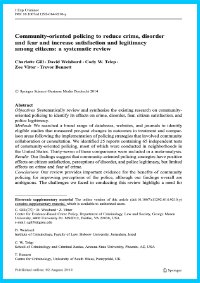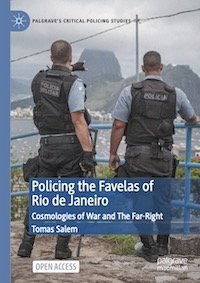By: Raymond A. Eve, Daniel G. Rodeheaver, Susan Brown Eve, Maureen Hockenberger, Ramona Perez, Ken Burton, Larry Boyd, Sue Phillips and Sharon L. Walker
For the past several decades, an innovation in policing, often controversial, has been emerging in the US. Specifically, community-oriented policing has been used to supplement more traditional forms of police work in preventing and reducing crime. This paper examines a community-oriented policing programme implemented in Arlington, Texas. A national demonstration grant was awarded by the U.S. Department of Justice, Office of Community-Oriented Policing Services (COPS). The purpose of the COPS project reported here was to assess a policing problem that, rather than actual crime, was ultimately about (1) multicultural conflict, (2) fear of crime and (3) the effectiveness of this community policing programme in combating both actual incidences and perceptions of crime. We draw several conclusions about the ability to utilise and apply the community policing model and our research findings in other locations. Furthermore, the findings of this paper should have broad utility of international scope.
International Journal of Police Science & Management Volume 5 Number 4





















